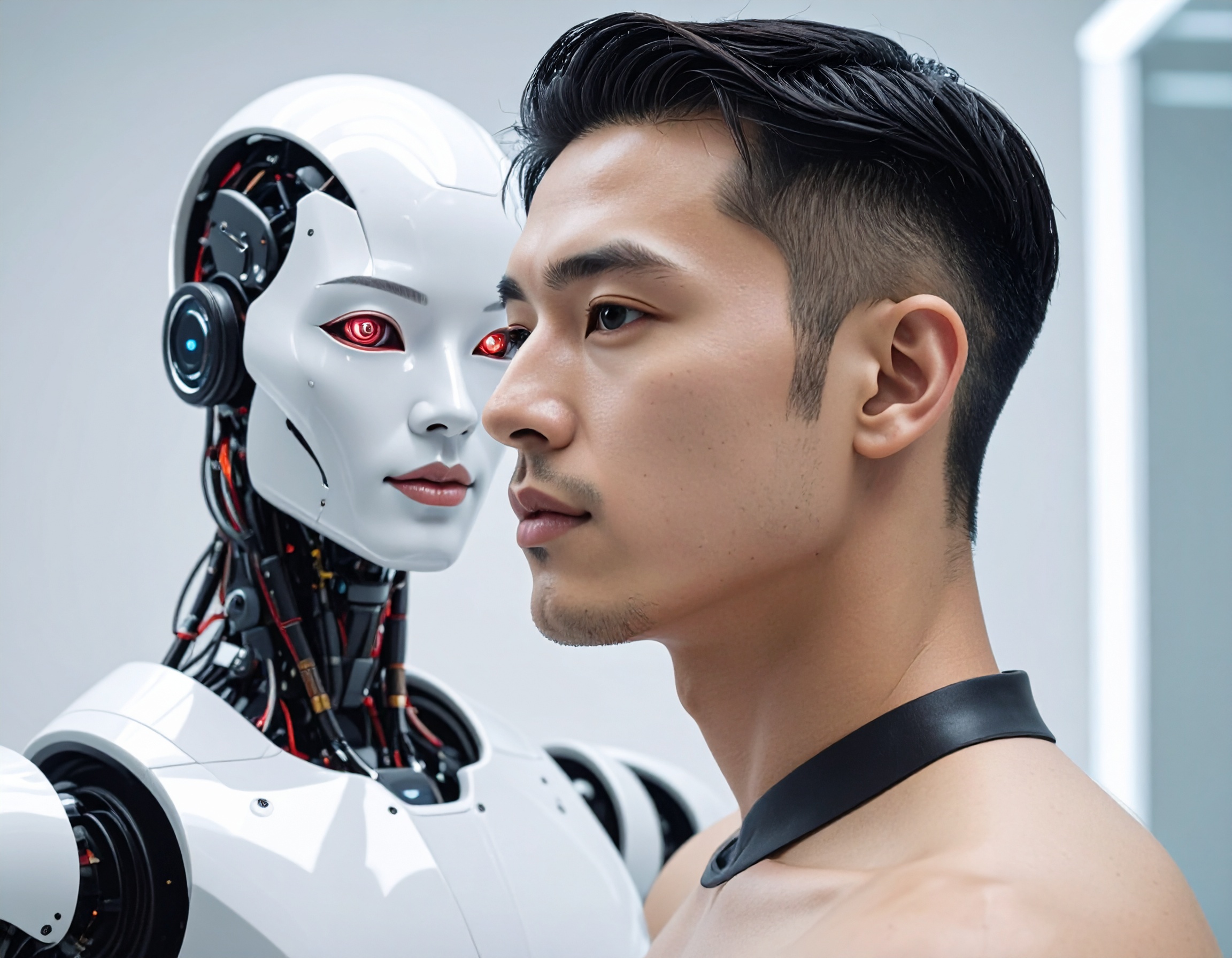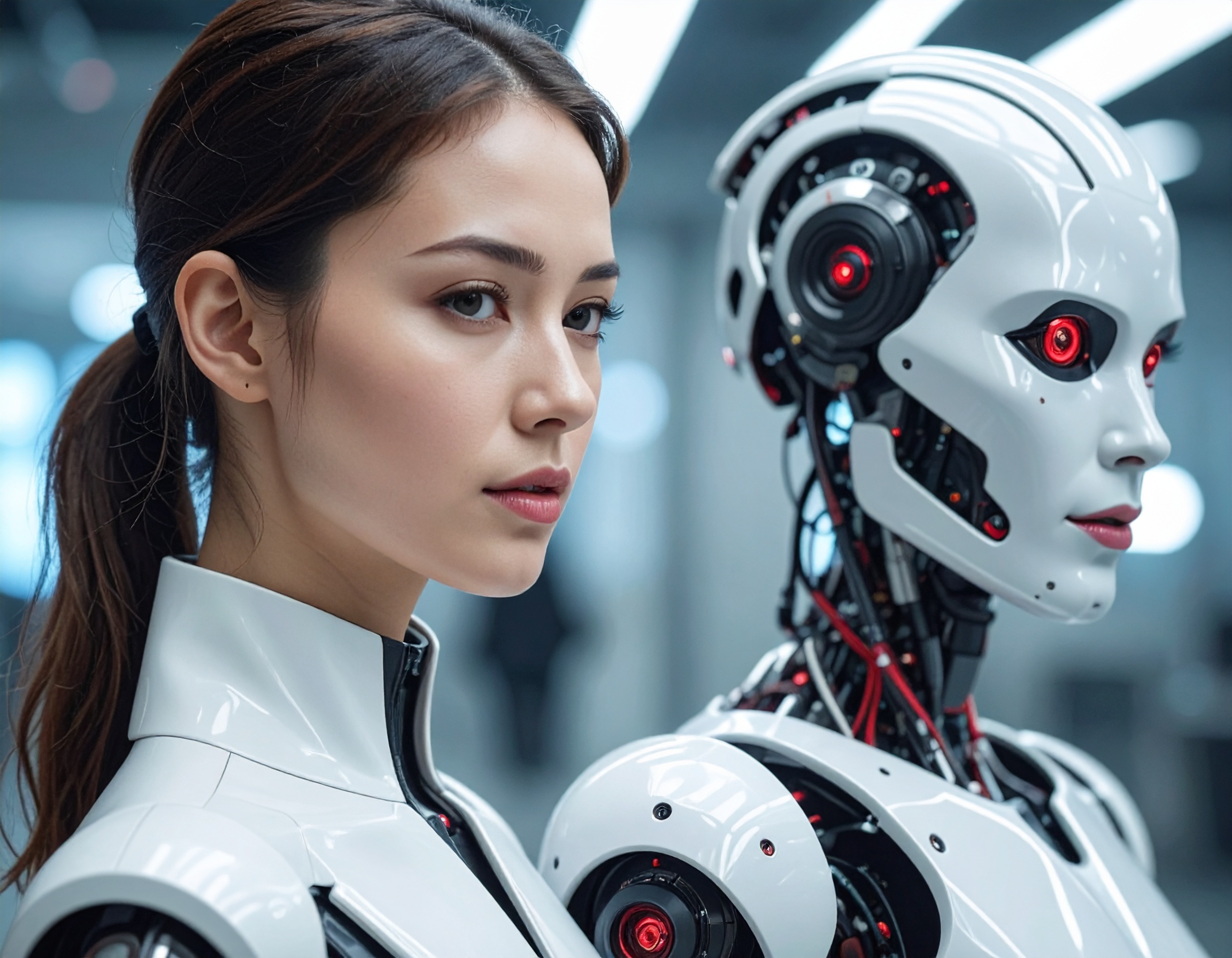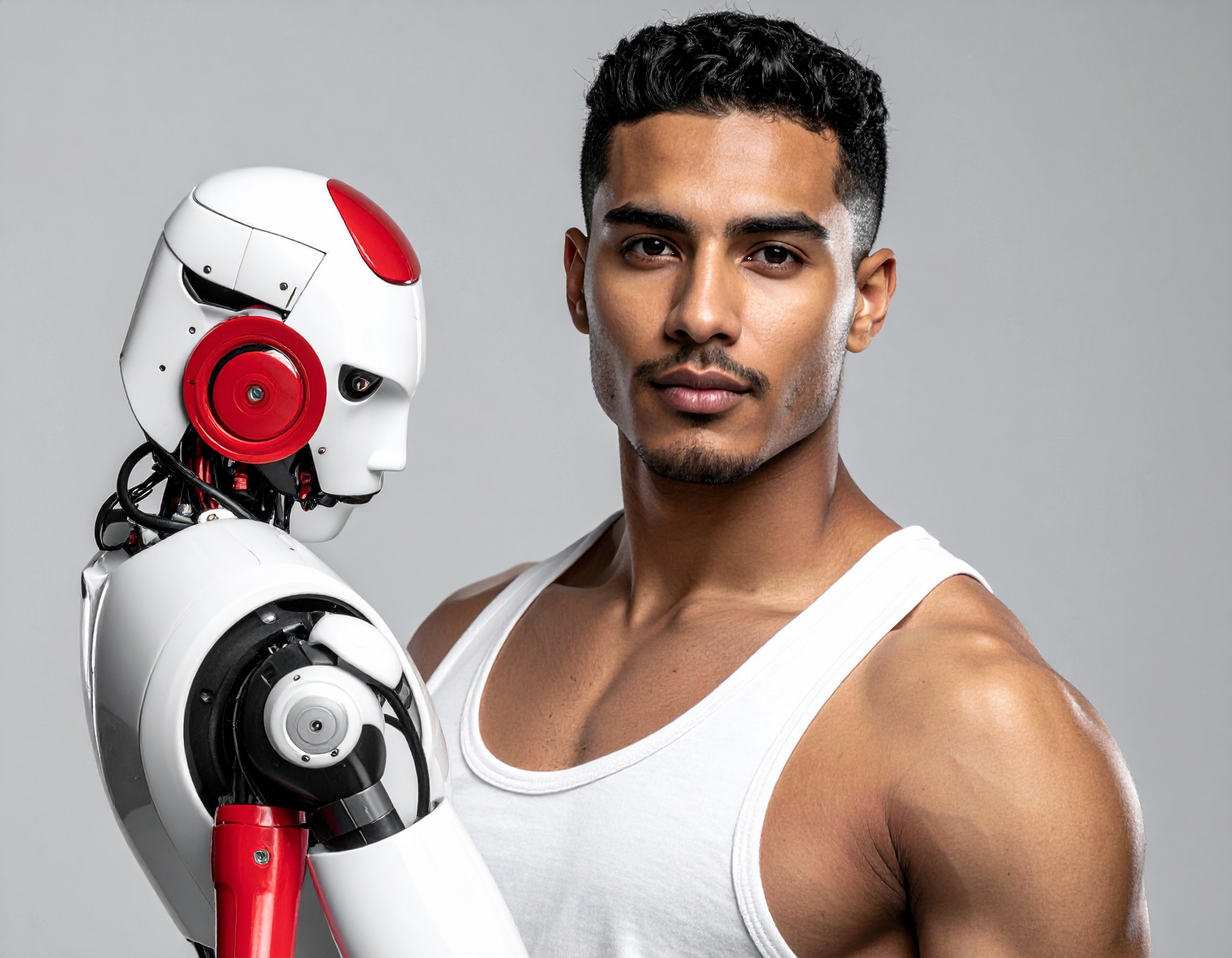Edge of Industry: How AI Employees Are Rewriting Warehouse Work with Collaborative Robots

The Move to Non-Human Workers
On November 10–11, 2025, global tech company Aptiv PLC and industrial-robotics specialist Robust.AI announced a strategic partnership to co-develop AI-powered collaborative robots (“cobots”) for warehouse and industrial settings. The deal aims to bring together Aptiv’s sensors, computing platforms, and software stack with Robust.AI’s robot architecture and human-centred design to accelerate deployment of “AI Employee” style machines.
In essence, these robots are designed to act as “non-human workers” that can safely work alongside human staff, performing tasks like fulfilment picking, point-to-point transport and mobile sorting. For example, Robust.AI’s “Carter” cobot is already described as combining three functionalities into one platform.
This transforms the idea of “voice AI agents” (which interact via speech) into a physical form: imagine robots that sense, think and act in a warehouse environment without needing human intervention in many cases.
What Exactly Happened & Why It Matters
Here are some of the key facts of the deal:
- Aptiv will supply its PULSE Sensor (360° surround-view camera + ultrashort-range radar) and its Radar ML / Behavior ML machine learning stack for real-time perception and dynamic path-planning.
- Robust.AI brings its platform architecture: optical AI sensors, real-time SLAM (simultaneous localisation and mapping), a patented holonomic drive system, and a force-sensitive handlebar for human hand-over control.
- The joint proof-of-concept uses Aptiv’s Wind River platforms including VxWorks RTOS and Helix Hypervisor for low-latency compute and virtualization.
- The cobot “Carter” is meant to be drop-in automation: it’s described as replacing multiple robots and delivering rapid productivity gains + data-driven workflow optimisation.
Why this is important:
- It signals a shift in industrial automation from fixed, single-task machines toward flexible, AI-enabled “co-working” robots that blend into human environments.
- These “non-human workers” promise higher efficiency, scalability and adaptiveness in warehouses and factories—especially as labour costs and expectations shift.
- The integration of real-world automotive-grade sensors & compute (via Aptiv) into robotics emphasises that the boundary between autonomous vehicles and industrial automation is blurring.
- For businesses, deploying “AI Employee” style cobots means potentially faster ROI, dynamic re-purpose of robotic assets, and improved safety when humans and machines collaborate closely.

From Concept to Workforce Reality
The partnership comes at a moment when industries are grappling with labour shortages, cost pressures and supply-chain disruptions. By deploying cobots that can sense, learn and act in real time, companies can respond more flexibly to varying workloads and dynamic environments. The notion of a “voice AI agent” traditionally applied to front-office or service-robot use-cases is being extended into the warehouse floor—with robots receiving commands, adapting on the fly, and interacting physically.
Moreover, the concept of an “AI Employee” moves beyond pure software: it’s a system combining sensors, ML, robotics and human-machine hand-off capability. That allows human operators to supervise or intervene, but much of the heavy-lifting (literally) is taken over by the cobot. As the partners emphasise, scalability and global deployment are built in via Aptiv’s supply-chain and production reach.
In the bigger picture, this announcement helps define a next generation of warehouse automation: one where robots are not caged off, but embedded alongside humans, collaborating rather than simply replacing. It raises questions about workforce roles, training, co-robot safety, real-time decision making, and how companies will integrate these new “non-human workers” into existing operations.
Key Highlights:
- Partners: Aptiv PLC & Robust.AI.
- Objective: Co-develop AI-powered collaborative robots (cobots) for warehouse/industrial automation.
- Core technologies: 360° sensing (PULSE Sensor), Radar ML & Behavior ML, SLAM, force-sensitive handlebar, holonomic drive, real-time OS (VxWorks) & Helix Hypervisor.
- Target robot: Robust.AI’s “Carter” – multifunctional platform supporting fulfilment picking, transport, mobile sorting.
- Significance: Accelerates deployment of “AI Employee” style systems; brings flexible “non-human workers” into human environments; blurs line between vehicle-grade compute/sensing and industrial robotics.
- Strategic advantage: Combines Aptiv’s global manufacturing & supply chain with Robust.AI’s human-centred robotic workflows.
Reference:


